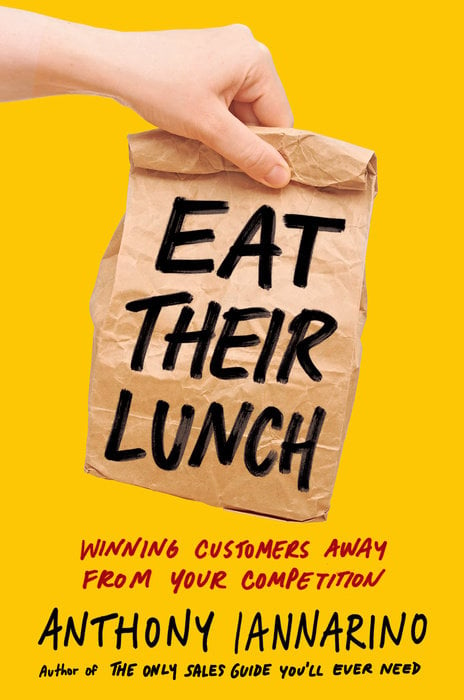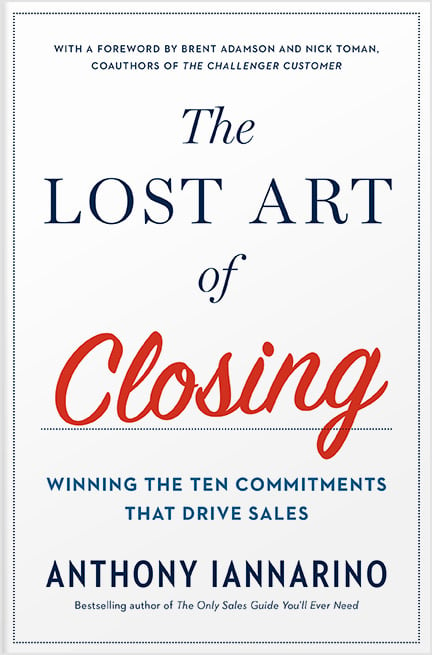One of the most important trends in B2B sales today is the customer’s strong desire for consensus before moving forward with an initiative. Another trend, one that closely follows consensus, is an increase in the number of stakeholders who believe they can do the work of shepherding a deal through their organization without the help of a salesperson, the result of which is rarely positive. But it is a mistake to allow your champion to sell for you.
We Lost Authority
In the past, salespeople were taught and trained to find “the authority,” the single stakeholder necessary to winning a deal. The idea is located in the now-defunct qualifying methodology called BANT, an acronym for Budget, Authority, Need, and Time-Bound. Salespeople were encouraged to start as high up in the organization as possible and to find the person whose support would be enough to secure a deal. While this might still be good advice in deals to smaller organizations, it presents problems now.
In lager more complex deals, there have always been more people involved in the decision-making process. Now, however, the decision-making authority has been dispersed, decentralized, and dissected from a single person one might reasonably call “the authority.” However, this doesn’t mean you don’t need someone with the formal authority to bind the company to a deal, which brings us to the first reason you cannot allow your primary contact to go it alone.
The Enduring Need for an Executive Sponsor
The reason so much of the ideas and recommendations here on the Internet are wrong is that they are devoid of context. What I write here is contextual, meaning the advice may be better for you in some scenarios than others, and you have to do the hard work of thinking about when it where it benefits you.
One of the challenges of a stakeholder going it alone when it comes to pursuing and presenting a deal on their own is their lack of ability to make it as compelling as would the salesperson. In Eat Their Lunch: Winning Customers Away from Your Competition, I wrote about the four levels of value a salesperson or sales organization can create. Level 1, the value found in your product or service being necessary but not sufficient for making a compelling case for change. Level 4, strategic level of value is what compels change, especially as executive sponsors are concerned.
Win customers away from your competition. Check out Eat Their Lunch
A failure for the stakeholder who is trying to present your solution isn’t likely to know there is such a thing as a fourth level of value, let alone have the deep understanding of all the factors that should compel change. You are better positioned to make a case for change, and you are responsible for getting executive sponsorship of a deal.
The Ins and Outs of Change
Even if you have had a half dozen excellent meetings with your contact, it isn’t likely they understand your value proposition or how to address all the questions about your solution, your implementation, or the concerns some stakeholders are sure to have, especially if these parties were excluded from early conversations.
It’s important to remember that your contact may buy what you sell very few times when compared to the number of times your sell your solution. Even if they have some experience, it isn’t the nuanced experience you have as someone who works with hundreds of companies and can recognize different factors that allow you to offer the advice that comes from experience.
One point of evidence that your contact should not be the person selling your solution is their belief that they can or should be doing it without you. Another factor would be their intention to acquire approval without having all the conversations necessary when a decision is going to require consensus. Allowing the contact to go it alone is to set them up for failure.
A No Now That Precludes a Yes Later
The worst potential outcome of allowing your contact to present and manage the deal without you is that when they get a “no” to your proposal, you sometimes get a “no” that prevents you from getting a “yes” later. When your proposal has already been rejected, it’s difficult for your contact to present it again. Even worse, you may not be able to present it again for some time into the future.
The responsibility for the loss of the deal will not belong to your contact, even though they insisted they go it alone. The loss will be yours and yours alone. It was your deal to manage, yours to win or lose.
We often fear the wrong danger, perceiving some risk as being more significant than another, and in doing so, make poor decisions. It’s natural to be concerned about discussing the need for you to be involved and engaged with all the stakeholders who will be included in deciding whether to move forward. That concern, no matter how great, should not be greater than your fear of losing the deal because your contact was not prepared to sell the rest of their company on you and your solution.
The time to have this conversation is early in the process, asking who is going to be involved or affected by a decision to change, asking whose support you might need from executive leadership, describing the process and going agreement to having all the conversations necessary for a deal—and to ensure you can execute later (see The Lost Art of Closing: Winning the 10 Commitments That Drive Sales for more on how to successfully have these conversations).
No more pushy sales tactics. The Lost Art of Closing shows you how to proactively lead your customer and close your sales.
If you want your dream client to agree to your proposal, you are going to have to be the one to sell it.








.jpg?width=768&height=994&name=salescall-planner-ebook-v3-1-cover%20(1).jpg)



Comments